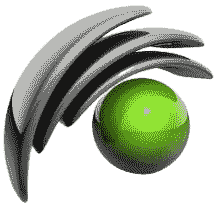Good Automated Manufacturing Practice (GAMP) – Test Phases and Sequencing
This article was written by Iian Shaya, validation,automation and control expert
In developing any system, whether hardware (HW), firmware (FW) software (SW) or any combination of these, it seems common sense to start the verification of correct functioning with the smallest possible module (or unit) within the system. With the confidence that each module operates successfully in stand-alone mode, investigation of subsequent failure can focus the interfacing or integration of these modules.
As the verified integrated modules are combined with other verified modules, the number of interfaces grows, but testing can usually be restricted to verifying these interfaces and their impact on the overall functionality of the system. This system of modular testing follows the life cycle described in GAMP 4
Depending on the size and type of system, there may be several phases that support the validation process. These may cover all or some of them:
Test carried out by the supplier
Formal Factory Acceptance Testing (FAT) at supplier premises
Installation and commissioning testing, usually done by the supplier
Formal Site Acceptance Testing (SAT) to verify that the system meets the user requirements
Installation Qualification – IQ
Operation Qualification – OQ
Performance Qualification – PQ
IQ is typically conducted during the build of a qualified environment. OQ and PQ of a system or application are typically conducted as part of qualifying a wider manufacturing or business process. The relationship of the IQ, OQ and PQ to the testing of systems or applications should be clearly defined.
:For each project, the Test Plan or Strategy document should define the test phases required, including
Location and timing of the tests.
Responsibilities (for example, for test execution, review and necessary training
Required test coverage, based on risk assessment
Overview of the test environment
Documentation required, base documentation, such as Design Specifications, Test Specifications or Protocols, Test Results Proforma, and Test Results required on test completion
This article was written by Iian Shaya, validation,automation and control expert






